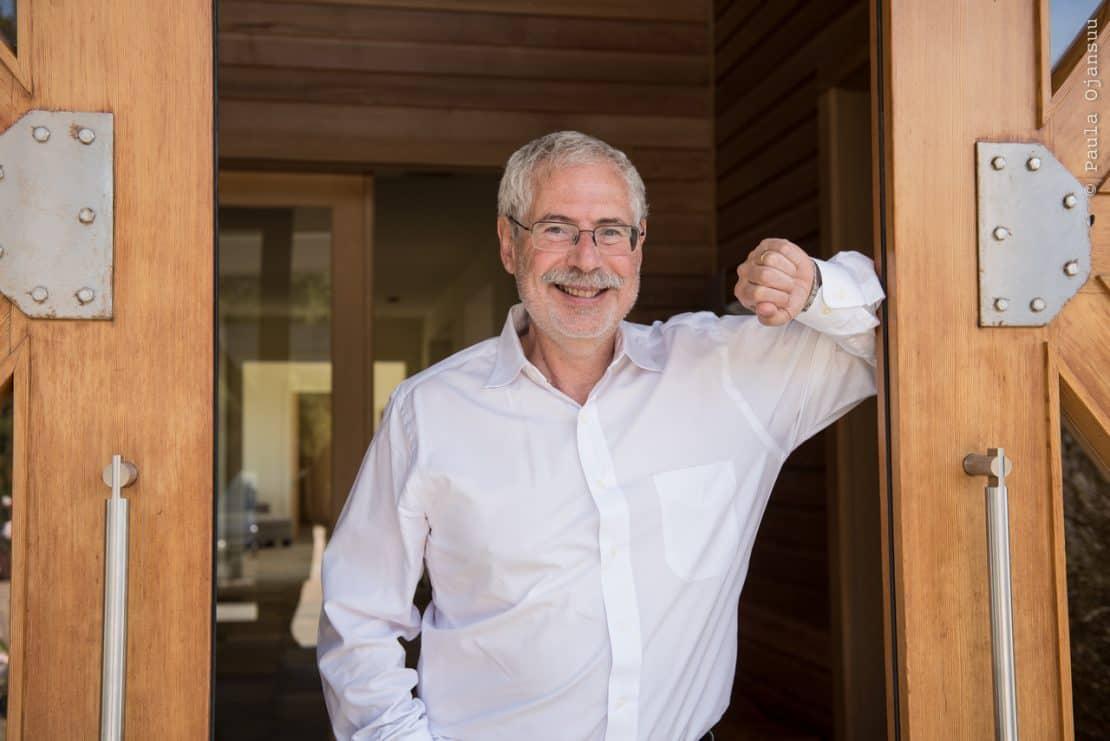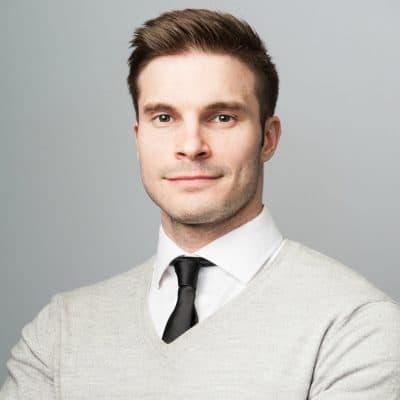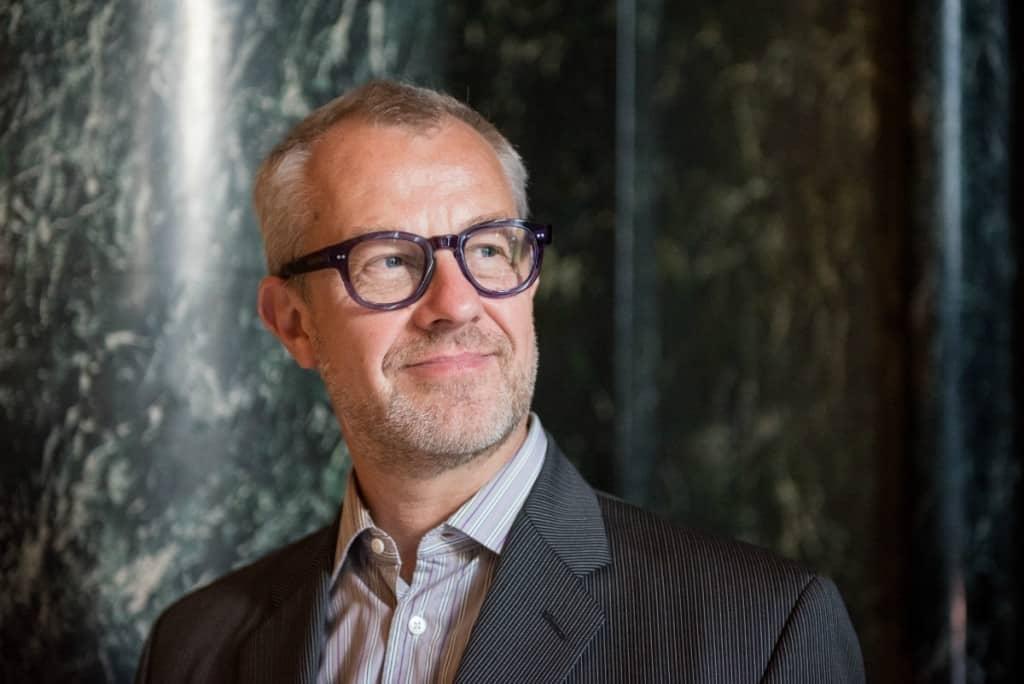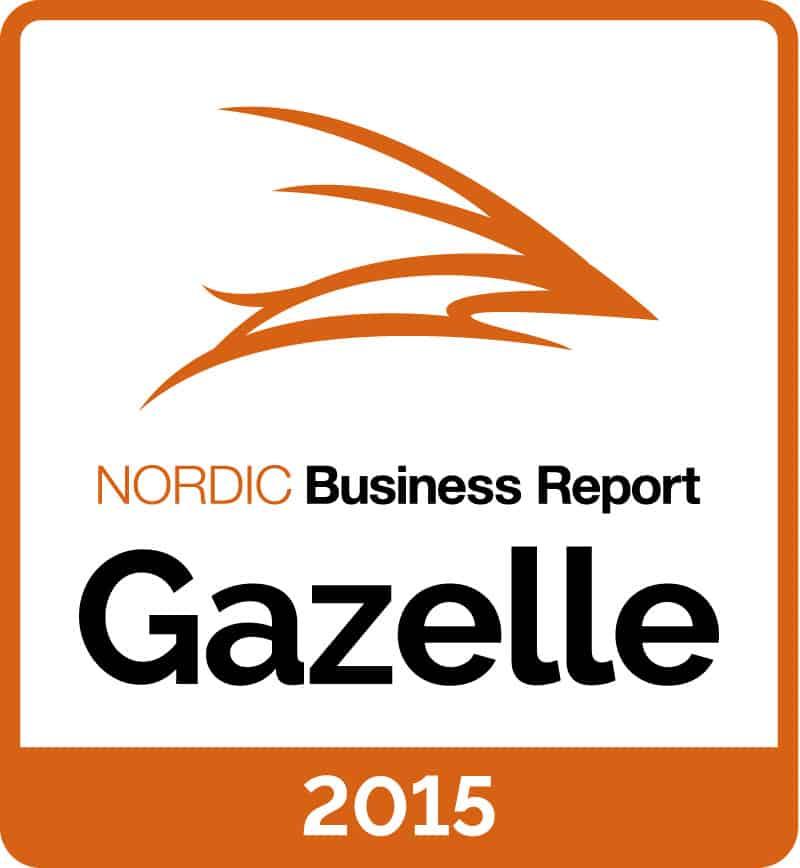8Sep2015
Steve Blank came to Silicon Valley in 1978. 37 years and 8 companies later the developer of the Customer Development model sat down with Nordic Business Report to speak about disruption, startups, and entrepreneurial education.
It has been almost twenty years since Clayton Christensen introduced us to the term ‘disruptive innovation’. With entrepreneurs like Elon Musk casually announcing products from electric sports cars to reusable space rockets on Twitter, the word disruption is now on everyone’s lips.
”Disruptive innovation means there are at first no customers,” says Steve Blank, the legendary serial entrepreneur-turned-educator.
Blank is someone who has been there to witness the developmental phases of Silicon Valley and the emergence of disruptive technologies from the front row, after arriving in Silicon Valley in 1978. Blank’s customer development model, together with Alex Osterwalder’s business model canvas and principles from agile engineering, led to something that was later popularized by Blank’s student Eric Ries as ‘the lean startup’. When in doubt about startups and disruption, Blank is the man to go to.
Disrupting established industries by entering, what Blank calls, the ‘new markets’ requires visionaries like Peter Thiel, Steve Jobs or Thomas Edison. These days a classic example is Elon Musk. “Tesla or SpaceX are not variances on existing markets; they are radical disruptions,” Blank says.
According to Blank, what’s really interesting is that in these markets customer discovery cannot be achieved in the same way as with existing markets or through re-segmenting the markets because there is no-one to ask for the features they want. “To me ’disruptive’ is seeing things that don’t exist,” he explains, hearing from his voice how we are now talking about something that truly fascinates him. As Blank continues to expand on disruptive markets and the innovators behind the most disruptive companies, the saying about a fine line between genius and insanity strongly comes to mind.
”Disruptive is a pretty special category. No customers exist. No market exists. While you think you are a visionary, the data says you are hallucinating. But we are glad you are going to do it anyway,” Blank clarifies with a smile.
Is there a type?
When almost 75% of all startups fail, it is hard to disregard the importance of a founder who is willing and able to fight against the odds. So what are the qualities that make a great founder? Is there a certain type? There’s a standard list of characteristics that people generally agree upon: agility, tenacity, relentlessness and resilience. In addition to these, Blank has a few personality traits in mind that don’t usually get a lot of press.
“I think founders need to be curious. If you are not curious about a lot of things, you are going to miss a lot of things. Unless you have a broad set of skills, you are going to miss some pattern recognition,” Blank points out. Another of Blank’s observations is much more unconventional:
”I have found a very interesting correlation between founding CEO’s who come from dysfunctional families. It turns out that this might be the first job in their lives that people from dysfunctional families have a large advantage over people from normal homes. Turns out that you might have figured out how to shut out all the noise and just focus on what’s important in your life when there’s chaos around you. It’s probably the world’s cruelest training ground to be a founding CEO, but it actually turns out to be the most effective. The bad news is that when, in fact, the company becomes stable and is no longer chaotic, and is in execution mode, these types of founders throw emotional hand grenades into their own companies to keep the chaos going.”
Blank has often emphasized that startups are not smaller versions of big companies, but a set of people ‘doing search’ (as he phrases it). If a scalable business model happens to be found, the startup enters a new stage, a transition to become a ‘real’ company with a viable business.
”What founders are great at is searching for the business model. The minute you find a business model that scales, you are no longer doing search. This is a big idea that we don’t articulate too well,” Blank starts, pauses and continues, “so now it’s about execution. There’s no manual for this transition from search to execution. Smart founders and investors nowadays get that this transition happens.”
Disrupting entrepreneurial education
As in the world of startups, a lot has also happened in entrepreneurial education. After 21 years in eight high technology companies, Blank retired in 1999 but soon became interested in teaching in the classroom the lessons he learned in industry. Now lecturing in various top universities, Blank is regarded as one of the world’s foremost teachers on entrepreneurship. Hold on a minute. Wasn’t entrepreneurship supposed to be something that is in your DNA? Something you either have or don’t have? Something that can’t be taught?
”I think the question is much better understood if we reframe it and ask; who can entrepreneurship be taught to? Then you get to a really interesting answer. Entrepreneurship can only be taught to people who desperately want to learn it. To those who entrepreneurship is a calling, not a job. Founders are artists. In fact the right metaphor is to realize that, at least for founders, we are teaching art. Yet, we figured out how to teach art during the renaissance. We no longer ask if it is possible to teach how to compose music or sculpt or paint. For artists, we teach theory, but also a ton of experiental practice. That is how we teach entrepreneurship nowadays. We have realized that there is two components to entrepreneurship education: theory and a lot of hands-on practice,” Blank says.
Long gone are the days when a class for entrepreneurship taken at a top-level university was about writing a business plan. When hearing Blank’s views on the topic, it seems more and more evident that entrepreneurship education in business schools is becoming disrupted, as how to write a business plan is being replaced by classes on how to search for a business model. According to Blank: “No business plan survives first contact with the customers. In fact, most investors never read your business plan. Entrepreneurial education has been radically disrupted in the last five years or so. We are now in another level in understanding what it means to teach entrepreneurs in educational institutions. If your school is teaching you how to write a business plan, change schools.” If this sounds blunt, it’s good to remember that all of this is coming from a man that has dedicated the latter part of his career to studying how to improve the odds for entrepreneurial success.
Together with the 21st-century entrepreneurial success stories, mainly arising from within Silicon Valley, the whole idea about entrepreneurship has evolved in the minds of the public. It is not too long ago when being an entrepreneur meant that the person was a loser who was figuring out what to do with their lives. We’ve come a long way since and in a weird way entrepreneurship has first become acceptable and then cool.
”I see a lot of students doing entrepreneurship because it’s cool, trendy, and cheap to do now. All those are the world’s worst reasons to want to become an entrepreneur. Most entrepreneurs are going to fail. Entrepreneurship is a calling. Here in the Valley it’s hard to convince outsiders that these are people who would have done it for free. Not only that it’s not about the money, but it is a zen-like thing where the more you chase the money, the further away it will be,” explains Blank.
The educators are now trying to separate the wheat from the chaff already in the classroom. As Blank states:
”In a startup, you have a gun to your head the day you start that says ’I am running out of money’. That’s not a comfortable place. Now we’re bringing that kind of rigor to entrepreneurial education.”

 by:
by: 
